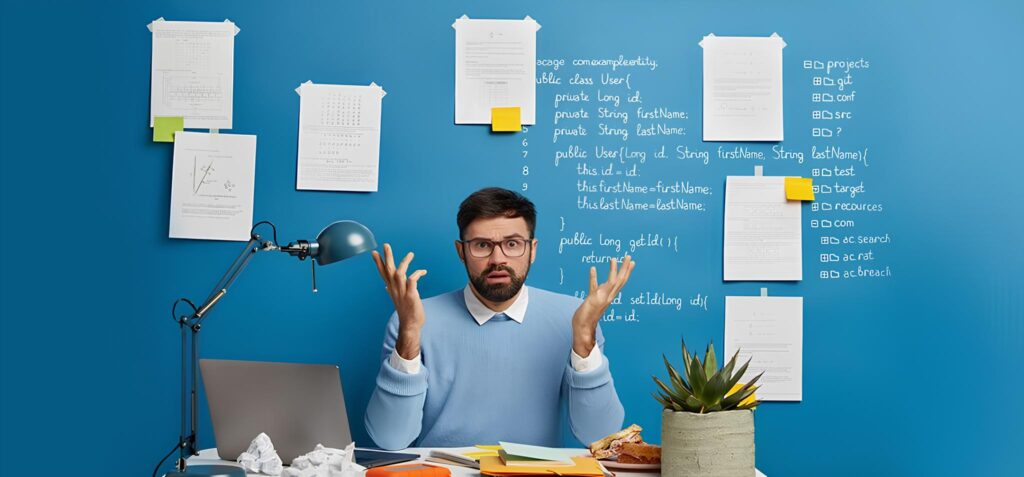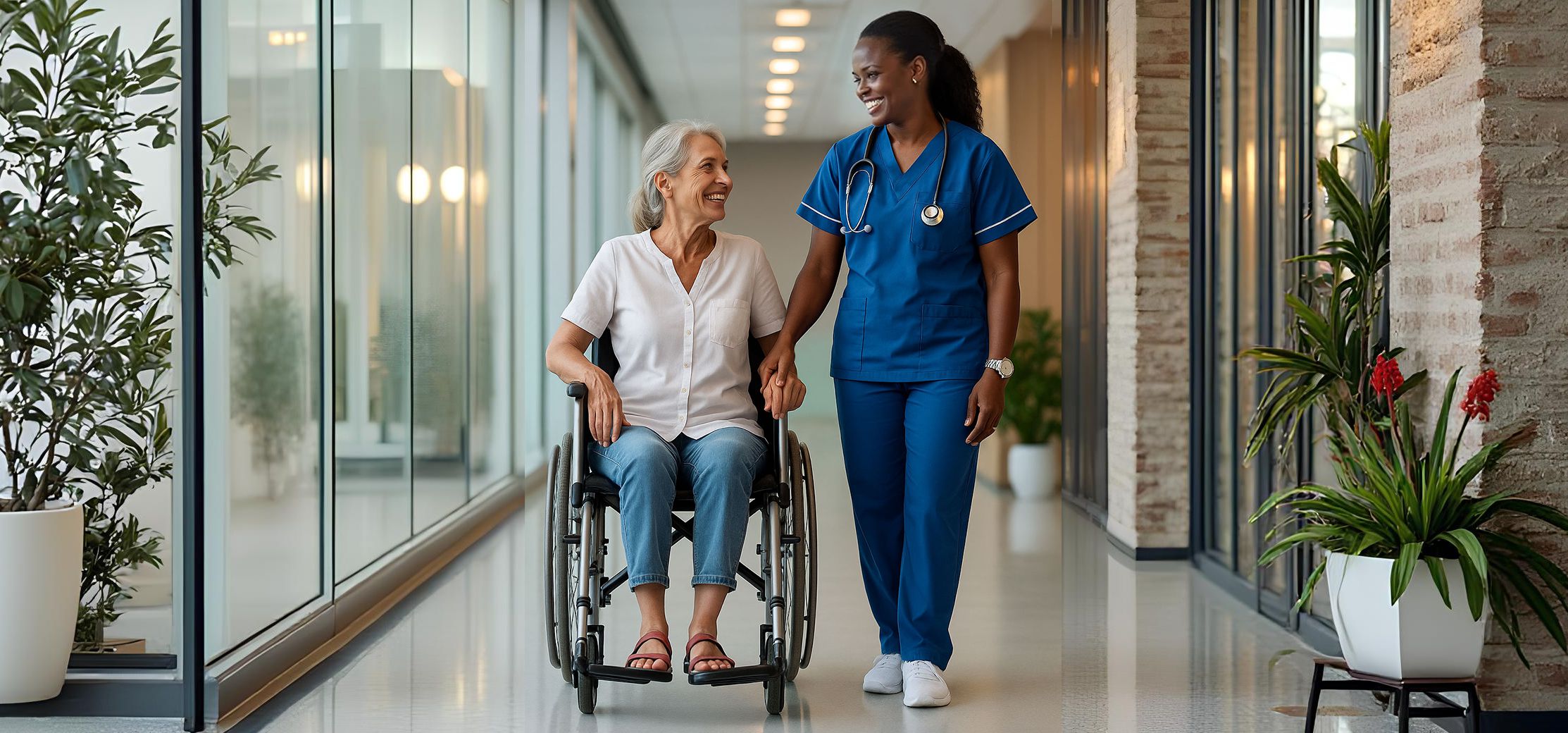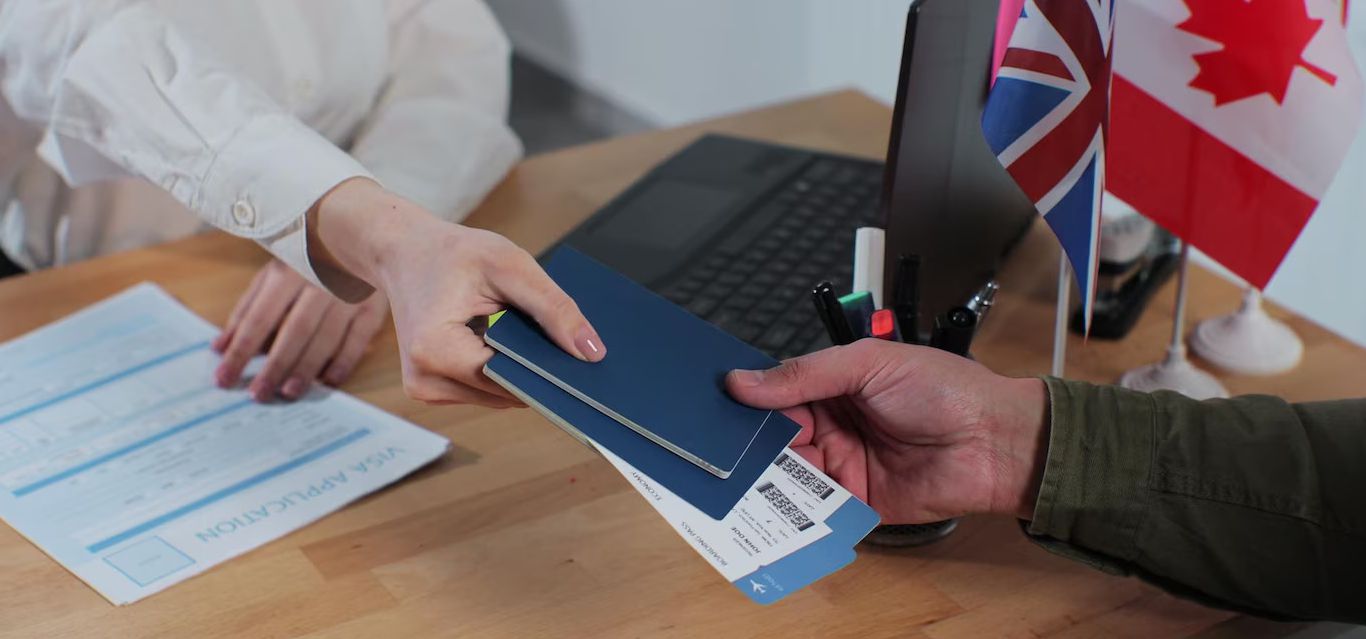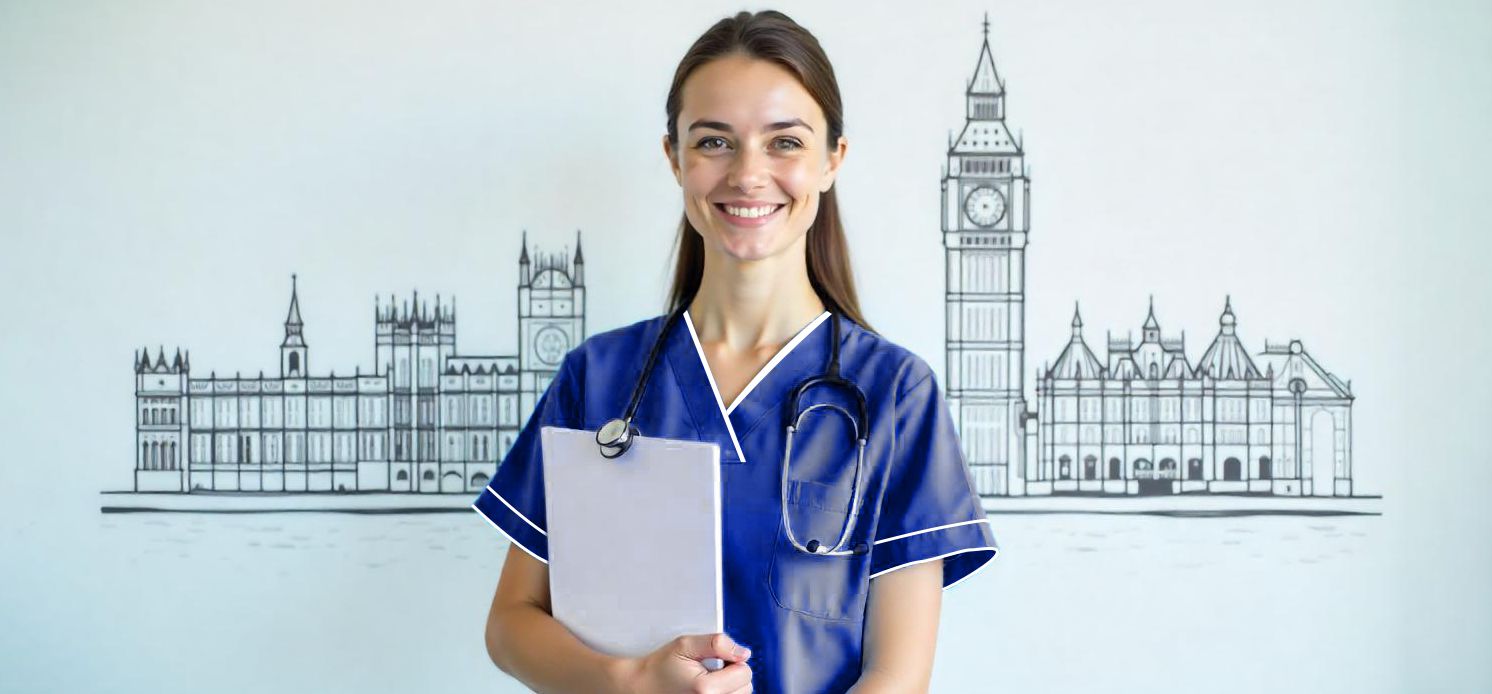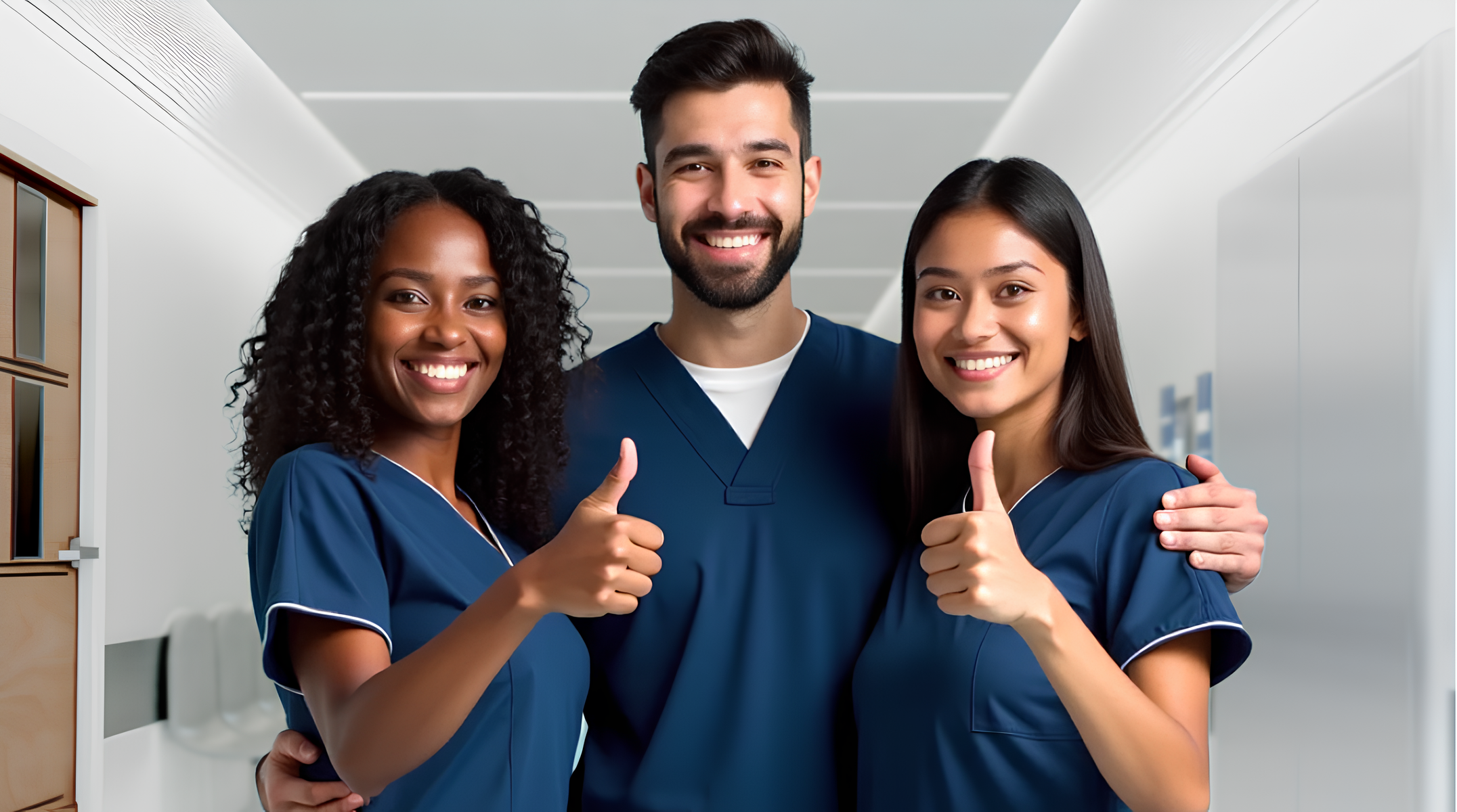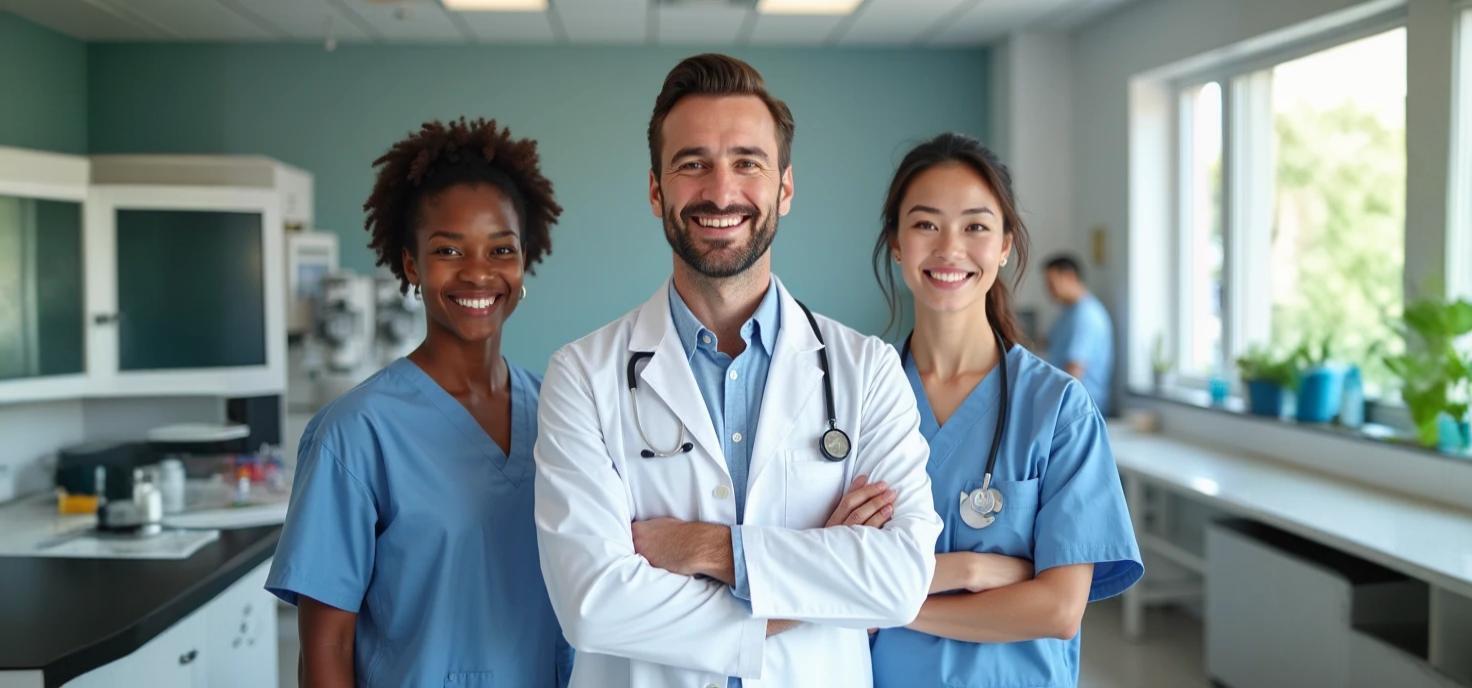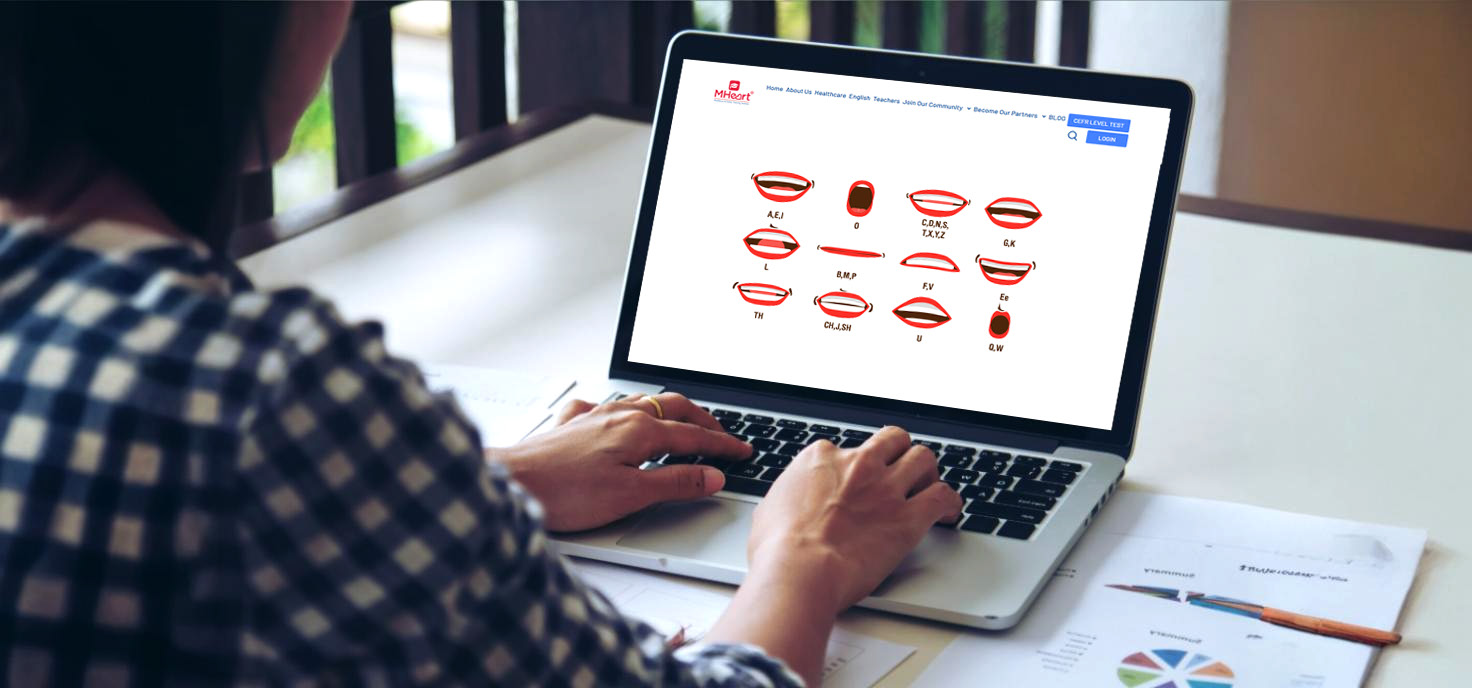By Dr. Conrad Aquino, MD, MPH
Director of Healthcare Education — Monse-Heart Healthcare & Safety Tutoring Institute LLC

Overview
This blog article introduces practical, neuroscience-backed learning strategies to enhance information retention, comprehension, and engagement. By blending whole-brain learning, dual coding, and microlearning principles, the Monse-Heart approach moves beyond rote memorization. These techniques are especially effective in healthcare education and can be applied across disciplines to promote deeper, more enduring learning.
Introduction
Welcome to Learning Hacks 101! I’m Dr. Conrad Aquino with Monse-Heart Healthcare & Safety Tutoring Institute LLC.
Have you ever felt that no matter how hard you study, the information just doesn’t stick? You’re not alone — and more importantly, you’re not at fault. The problem isn’t your intelligence — it’s the traditional way we’ve all been taught to study.
Here, we’ll explore how to make learning simple, effective, and even enjoyable. Working alongside educators, healthcare professionals, and learning-science experts — including a PhD in educational psychology — we’ve uncovered how your brain truly learns best.
You’ll discover practical, science-backed learning hacks designed to help you study smarter, remember longer, and understand more deeply.
The Problem with Traditional Learning
Traditional learning methods, especially in healthcare education, rely heavily on memorization. Students cram information into short-term memory, leading to stress and shallow understanding. As one expert noted, “The hardest way to remember is to memorize — and the easiest way to forget is to memorize.”
Neuroscience supports this. According to Cognitive Load Theory (Simply Psychology, 2023), the brain’s working memory can only hold limited information at once. When overloaded, comprehension and retention suffer.
At Monse-Heart, our teaching focuses on activating both hemispheres of the brain — logic and creativity — to form lasting neural connections.
Understanding Your Brain
The brain’s two hemispheres manage different types of thinking: the left brain handles logic and language, while the right brain processes creativity and emotion. The corpus callosum bridges these halves, allowing them to share information.
When both sides work together, learning becomes deeper and more meaningful. Research from the Harvard Health Blog (2022) (Harvard Health Blog) confirms that engaging both hemispheres improves comprehension and memory retention.
For example, recalling what you had for dinner three nights ago might be hard. But remembering a special meal — the setting, smells, laughter — comes easily because both logic and emotion were engaged.
This connection forms the basis of whole-brain learning, central to the Monse- Heart method.
The Corpus Callosum Cross — Linking Logic and Emotion
The key to long-term memory is creating connections between the left and right sides of the brain — a process we call the Corpus Callosum Cross.
This technique allows your logical and emotional centers to communicate, making information easier to retain and recall.
At Monse-Heart, we’ve developed several ways to activate this “cross-brain” bridge using mental imagery, storytelling, and humor.
When both sides of the brain work together, sterile facts transform into meaningful experiences that stay with you far longer than memorized notes.
According to The Learning Scientists Project, combining words and visuals — known as dual-coding theory — strengthens recall by engaging both the verbal and visual processing areas of the brain.
Practical Example:
Think about your last vacation. Describe it in detail — where you went, what you saw, how you felt, and what made it memorable.
Notice how easily those moments return? That’s the Corpus Callosum Cross at work — your brain linking logic, language, and emotion into one powerful memory.
Try It Yourself: Activate Both Sides of Your Brain
Think about your last memorable meal — who you were with, how it smelled, what you felt. That vivid recollection happens because both hemispheres are engaged.
Every time you study with stories, emotions, or imagery, you activate your corpus callosum — strengthening understanding and recall. This is the foundation of Monse-Heart’s whole-brain learning model, proven to help learners remember longer and think deeper.
Student Testimonials
— Sarah, Nursing Student
— James, Medical Student
Conclusion
At Monse-Heart Healthcare & Safety Tutoring Institute LLC, we redefine how healthcare professionals learn. Using microlearning — brief, focused lessons — and dual-coding strategies, we enhance comprehension and retention.
Research from the University of Queensland’s Centre for Educational Innovation (2021) (UQ Centre for Educational
Innovation) confirms that microlearning improves long-term memory and learner engagement.
At Monse-Heart, our learners don’t just pass exams — they master knowledge for real-world application.
Watch our introductory video or explore Monse-Heart’s courses to experience this innovative approach.
Key Takeaways
- Engage both hemispheres of the brain through visualization, storytelling, and emotion.
- Use microlearning for efficient, focused study sessions.
- Connect logic and creativity to strengthen memory recall.
- Replace rote memorization with meaningful understanding.
- Study smarter, not harder — activate whole-brain learning.
About the Educator Team
This blog is co-authored by Mussarat Asad, BScN, MPH (Founder & Lead Educator) and Dr. Conrad Aquino, MD, MPH — Director of Healthcare Education at Monse-Heart.
Dr. Aquino is a U.S.-based physician and public health educator with over 20 years of experience in healthcare leadership, communication, and professional development. He contributes to Monse-Heart’s global education series, focusing on clinical learning, patient-centered care, and lifelong growth.
Frequently Asked Questions (FAQs)
Traditional learning depends heavily on rote memorization, which activates mainly the left hemisphere of the brain.
Modern cognitive research shows that working-memory overload leads to poor retention [1].
In contrast, brain-based and dual-coding methods engage both hemispheres through storytelling, imagery, and emotional context, producing stronger long-term memory [3].
The Corpus Callosum Cross technique strengthens communication between the left and right hemispheres [2].
When logic and creativity connect, learning becomes multidimensional — as supported by Harvard research on hemispheric interaction [2] and cognitive-psychology findings on dual-coding [3].
Visual, emotional, and practical activities reinforce these neural pathways, boosting recall [4].
To implement them effectively:
• Visualize concepts — create vivid mental imagery [3]
• Tell stories — relate lessons to real experiences [3][4]
• Use active recall — review and test knowledge [1]
• Engage in hands-on practice — connect theory to application [4]
These science-backed habits simplify complex material and strengthen retention [1][3].
Absolutely. Healthcare learning demands both analytical precision and emotional understanding.
By combining visualization, storytelling, and case-based microlearning, learners activate whole-brain pathways proven to enhance comprehension [3][4].
Studies in medical education confirm that microlearning improves knowledge transfer and long-term recall [4].
Most learners notice improvements within a few weeks [4].
According to cognitive-load and microlearning research, frequent short sessions strengthen neural encoding and accelerate recall [1][4].
Consistency, rather than intensity, drives long-term success [3].
It combines neuroscience-based principles with modern microlearning design [1][4]:
• Engages both hemispheres for deeper learning [2][3]
• Applies real-world examples to bridge theory and practice [4]
• Delivers concise 20-minute modules to maximize attention span [4]
This integration transforms memorization into understanding [1][3].
Yes — because it supports visual, auditory, and kinesthetic learning styles.
Dual-coding theory shows that combining visual and verbal channels enhances retention for every learner type [3].
By stimulating multiple senses, these methods align with inclusive education frameworks [4].
• Watch the Learning Hacks 101 video for practical examples [3]
• Explore Monse-Heart’s podcasts and micro-modules for reinforcement [4]
• Apply active recall and story-based visualization in daily study [1][3]
Consistent use creates stronger neural links and makes learning enjoyable [4].
Absolutely. These techniques work across disciplines — from healthcare and education to business and test preparation.
They strengthen long-term recall, help manage information overload [1][4], and are particularly effective for CBT, OET, and other professional exams [3][4].
Technology enhances whole-brain learning through tools like simulations, spaced repetition, and visual mapping platforms. AR/VR environments further engage both hemispheres, improving memory encoding when used strategically (Fiorella & Mayer, 2023 |University of Queensland, 2021).
References & Sources
- Fiorella, L., & Mayer, R. E. (2023). Learning as a generative activity: Eight learning strategies that promote understanding. Cambridge University Press.
https://www.cambridge.org/core/books/learning-as-a-generative-activity/A7E1D7F80C8078AF9E4418ABFF459589 - Harvard Health Publishing. (2022). Left brain/right brain functions explained. Harvard Medical School.
https://www.health.harvard.edu/mind-and-mood/left-brain-right-brain-myth - Paivio, A. (2022). Dual coding theory and education: Advances in cognitive psychology. (Alternate link via JSTOR).
https://www.jstor.org/stable/23359208 - Simply Psychology. (2023). Cognitive load theory.
https://www.simplypsychology.org/cognitive-load-theory.html - Sweller, J. (2023). Cognitive load theory: Recent developments and future directions. Educational Psychology Review.
https://doi.org/10.1007/s10648-023-09733-2 - The Learning Scientists. (2017, January 19). Dual coding & visual learning research.
https://www.learningscientists.org/blog/2017/1/19-1 - University of Queensland – Centre for Educational Innovation. (2021). Microlearning and memory retention in education.
https://itali.uq.edu.au/project/microlearning
Disclaimer
At Monse-Heart Healthcare & Safety Tutoring Institute LLC, we are committed to providing effective, research-based learning strategies, as shared in “Learning Hacks 101 – Study Smart, Not Hard.” While these methods have helped many learners succeed, individual results may vary depending on personal learning styles, experiences, and the effort invested. This blog is intended for general educational guidance and does not replace personalized academic advice. We encourage each learner to apply these techniques thoughtfully to their unique journey.

